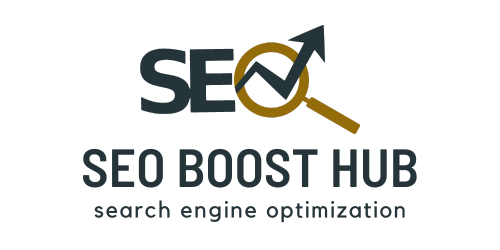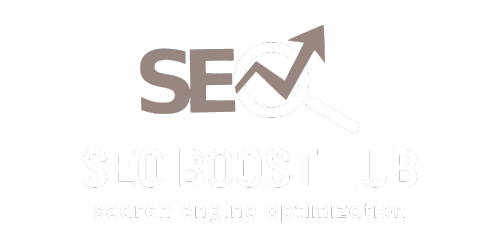Introduction: Why Meta Descriptions Matter
Meta descriptions are a vital part of on-page SEO. They are the short snippets that appear under the page title in search engine results, providing a brief overview of what your content is about. Crafting the right meta description can significantly impact your click-through rates (CTR), making it a key factor in your website’s performance. But the question remains: How long should a meta description be?
In this article, we’ll explore the optimal length for meta descriptions, best practices for writing them, and the tools you can use to create SEO-friendly meta descriptions that drive traffic.
What is a Meta Description?
A meta description is an HTML attribute that gives a brief summary of a webpage. It appears in search engine results pages (SERPs) under the page title, helping users decide whether they want to click on the link.
Although Google doesn’t directly use meta descriptions as a ranking factor, a well-crafted meta description can boost CTR, which indirectly influences rankings. A compelling description provides users with relevant information, increasing the likelihood of them visiting your site.
Optimal Meta Description Length in 2024
How Long Should a Meta Description Be?
The ideal meta description length in 2024 is between 150 to 160 characters. Keeping the description within this range ensures that the entire snippet is visible in search results without being cut off. While Google may sometimes pull its own snippet from the page content, having an optimized meta description helps in better controlling how your webpage is represented.
- Maximum Length: 160 characters (spaces included)
- Minimum Length: Around 50 characters (shorter descriptions may appear vague and uninformative)
Why Does Meta Description Length Matter?
Meta descriptions that exceed 160 characters risk getting truncated by Google, resulting in incomplete information being displayed in search results. Conversely, descriptions that are too short may not provide enough context to attract users, leading to missed opportunities for clicks. Striking the right balance in meta description length is essential for providing enough information while keeping it concise.
Best Practices for Writing Meta Descriptions
Creating an effective meta description involves more than just hitting the character limit. You need to make sure your description is both informative and engaging. Here are some tips:
1. Include Target Keywords
Incorporate your primary keywords naturally into the meta description. While meta descriptions are not a direct ranking factor, Google may highlight relevant keywords when they match the user’s query, making your link more appealing.
2. Make it Actionable
Use action-oriented language to encourage users to click on your link. Phrases like “Learn more,” “Discover,” or “Find out” can entice users to engage with your content.
Example: “Learn the ideal meta description length to boost your SEO and improve click-through rates.”
3. Be Clear and Compelling
Your meta description should give users a clear sense of what they’ll find on the page. Avoid being vague or overly complex—provide a straightforward reason for them to click.
4. Focus on the User’s Intent
Think about what your target audience is searching for and tailor your meta description to match their intent. If users are looking for a solution, a benefit, or specific information, make sure your meta description addresses that need.
Example: “Get the top tips on how to write meta descriptions that increase clicks and improve your search visibility.”
5. Avoid Duplicate Meta Descriptions
Each page on your website should have a unique meta description. Duplicate descriptions can confuse both users and search engines, reducing the effectiveness of your SEO efforts.
Tools for Optimizing Meta Descriptions
Several tools can help you create and analyze meta descriptions to ensure they are optimized for search engines. These tools help check the length, keyword usage, and performance of your meta descriptions.
1. Yoast SEO (WordPress Plugin)
Yoast SEO is one of the most popular tools for optimizing meta descriptions on WordPress websites. It provides character count limits, keyword suggestions, and tips for improving readability.
2. SEMrush SEO Writing Assistant
SEMrush’s SEO Writing Assistant helps you optimize your meta descriptions by suggesting best practices, analyzing keyword use, and ensuring they are within the ideal length range.
3. Ahrefs Site Audit
Ahrefs offers a robust site audit tool that checks for missing or duplicate meta descriptions, helping you maintain a strong SEO foundation.
4. Screaming Frog SEO Spider
Screaming Frog allows you to crawl your website and find any meta description issues, including missing descriptions, duplicates, and length problems.
5. Google Search Console
Google Search Console is a free tool that provides insights into how your meta descriptions are performing. It helps track click-through rates and identify opportunities for improvement.
Common Meta Description Mistakes to Avoid
Writing an effective meta description isn’t always easy, and many marketers make common mistakes that hinder SEO performance. Here are some things to avoid:
1. Keyword Stuffing
Overloading your meta description with keywords can result in an unnatural, spammy appearance. Focus on making the description clear and user-friendly instead of forcing in too many keywords.
2. Writing Too Long or Too Short Descriptions
Descriptions longer than 160 characters will be truncated, while descriptions that are too short may not provide enough information to attract users. Stick to the 150-160 character limit for the best results.
3. Being Vague or Misleading
A meta description should accurately reflect the content on the page. Misleading descriptions may result in higher bounce rates if users don’t find what they expected after clicking through.
4. Using Non-Descriptive, Boring Language
Descriptions that are too generic or uninspiring are unlikely to grab attention. Aim for engaging, compelling language that appeals to your target audience.












